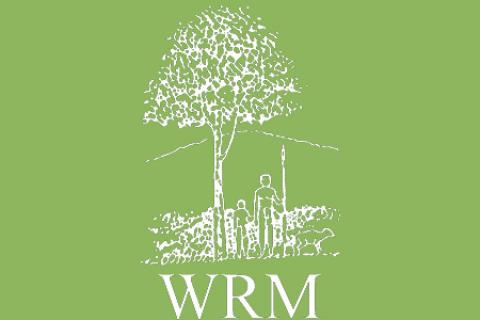Oil palm plantations in Cameroon cover more than 80,000 hectares divided in three different sectors: 1) large scale industrial plantations, with some 58,000 hectares; 2) Village plantations comprising 12,000 hectares and 3) "Informal" plantations covering some 10,000 hectares.
Bulletin articles
In March this year, planters at Cote d'Ivoire's Ehania agro-industrial oil palm plantation unit embarked on an "unlimited strike action" to press for an increase in the price of palm oil. The strike paralysed the activities of three factories that collect and transform palm oil. The Ehania planters, grouped in an agricultural cooperative called Palm-Ehania, were protesting against a drop in the purchase price of their produce, which had since January 2001 fallen from 23 to 19.07 CFA francs (1 dollar = 700 CFA francs).
More than 125,000 hectares of land are under oil palm cultivation in Ghana, mostly under the nucleus estate model, which implies a large plantation surrounded by smaller plantations established in local farmers' lands.
Oil palm is indigenous to the Nigerian coastal plain, having migrated inland as a staple crop. In the case of Nigeria, oil palm cultivation is part of the way of life --indeed it is the culture-- of millions of people. However, during the past decades the country has become a net importer of palm oil. While in the early 1960s, Nigeria's palm oil production accounted for 43% of the world production, nowadays it only accounts for 7% of total global output.
On 13 June this year, Amnesty International released a report on Burma titled "Myanmar. Ethnic minorities: targets of repression." The report states that for the last 13 years this organization has documented "the widespread use of forced labour of ethnic minorities by the Myanmar military" and adds that "perhaps the most common human rights violation of ethnic minorities is forced labour of civilians, who are much more likely to be seized by the army than the majority Burman group."
Since 1997, the Mong Reththy Investment Cambodia Oil Palm Company has planted an area of 3,800 hectares with oil palm trees. The company, with the help of the Phnom Penh authorities, moved 99 families from a squat in Phnom Penh to work on the plantation adjacent to Route 4, 150 kilometres south of Phnom Penh. However, few of the people moved from Phnom Penh have actually found work on the plantations, the processing factory is still to be built, and many people are simply moving back to Phnom Penh to look for work there. (See WRM Bulletin no. 39.)
Jambi province, Sumatra, is one of a number of areas where the newly empowered regional government is pushing for major expansion in oil palm plantations. The provincial governor has announced plans to develop a million hectares of oil palm in the province by the year 2005. Last year, the provincial authorities threatened to cancel the licences of 49 plantation companies which had been allocated over 700,000 hectares in Jambi but had not yet planted it with oil palm.
Malaysia is the world's number one producer and exporter of palm oil. However, the development of this sector has not only not benefited the local people but, on the contrary, has resulted in serious adverse effects, particularly in the state of Sarawak. This crop, which generates huge profits for a few large companies linked to the government and local elites, leads to serious negative social and environmental impacts that affect the majority of the population, giving rise to social conflicts that nearly always resulting in human rights violations.
Oil palm was introduced in Colombia in 1932, but its commercial development started by the end of the fifties. In the mid sixties there were over 18,000 hectares of that crop in the provinces of César, Magdalena, Santander and Norte de Santander. Palm cultivation expanded to other provinces and according to data published in 1995 by Fedepalma, by that year there were already around 130,000 hectares, being the country's main oil crop, mainly in the north, central and eastern zones of the country.
In Ecuador, the relaunching of oil palm cultivation has given rise to different reactions. In a long interview published by a widely read newspaper, for instance, the question was raised on whether oil palm plantation in the province of Esmeraldas would bring this poor Ecuadorian region nearer to paradise (El Universo, 11/3/2000), while at the same time other headlines stated that oil palm cultivation is destroying native forests and that thousands of hectares have been destroyed in San Lorenzo (La Hora, 18/5/2001).
Chiapas means much for many people all over the world. It is a synonym of Zapatistas and of Subcomandante Marcos, and these, in turn, of struggle for liberation and against injustice. However, for national and transnational corporations, Chiapas is still merely a synonym of cheap land, cheap labour, abundant resources and profit opportunities.
The history of oil palm in Central America is closely linked to the history of the economic group United Fruit. Preston and Keith, two US businessmen who, for 20 years since 1870 concentrated on planting and exporting bananas to the USA, merged their companies in 1899 to found the United Fruit Company (UFCO), as a means of diversifying their plantations and increasing their profits.
